
Get to know… Riding Well Explained with Britta Schöffmann
Britta Schöffmann is a horse trainer with all her heart. Everyone who sees her teaching, whether live and in person, or on our instructional videos,

Britta Schöffmann is a horse trainer with all her heart. Everyone who sees her teaching, whether live and in person, or on our instructional videos,
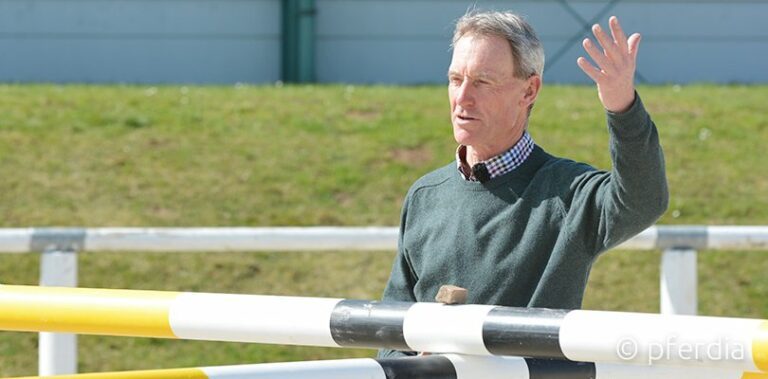
Stay safe, no matter what! Eventing trainer Chris Bartle explains the right seat for difficult situations while riding and if you’re dealing with a bolting
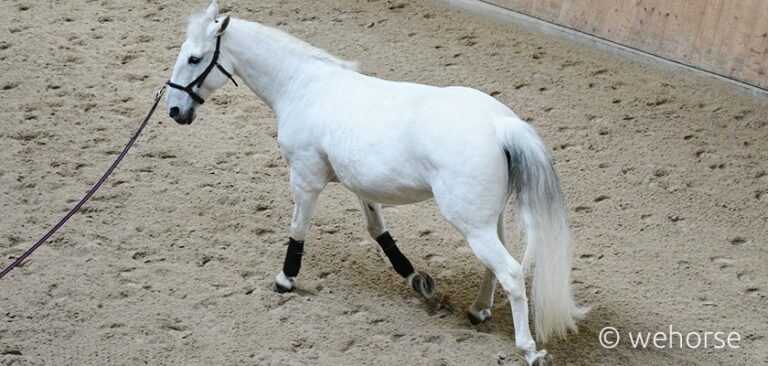
Every horse is born unbalanced. If things go wrong on their own in the pasture, the horse can usually figure it out. However, when the

The horse spine and back are one of THE most important parts of the body and are at least as sensitive as our own. If
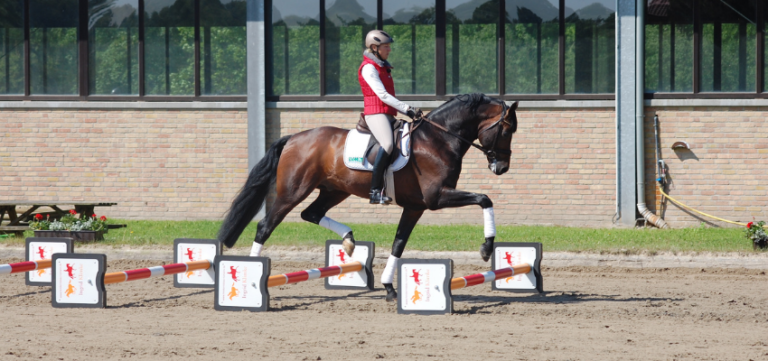
Table of Contents What is Cavaletti? Why is Cavaletti training important for your horse? How much Cavaletti training is good for your horse? What are
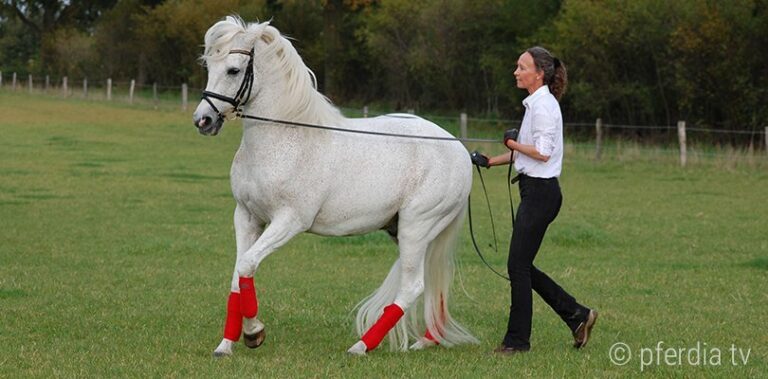
Working on long reins is a fascinating and supreme discipline of classical horse training. This requires a lot of trust between horses and humans because
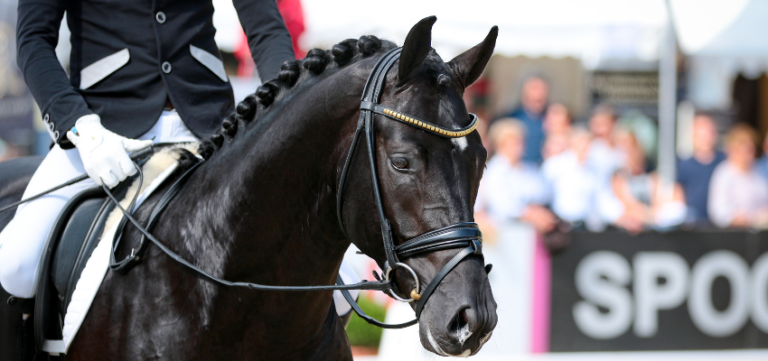
It’s time to train your eye for horse-friendly training! There has been criticism of dressage for years, and not always without reason… All too often
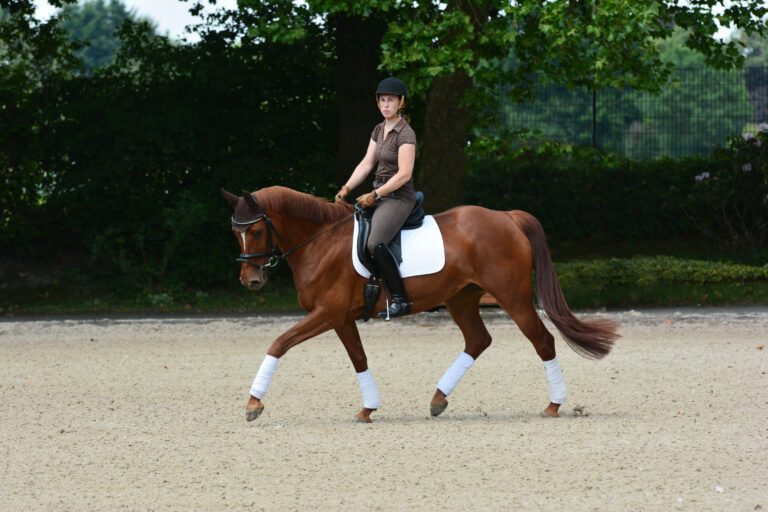
The basis for all riding: without flexion there is no bend, and without bending there is no straightening and gymnastics. So it’s important to learn
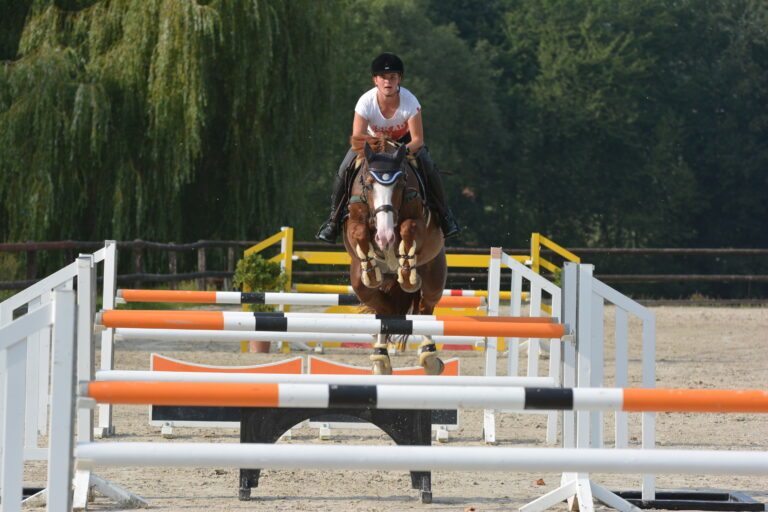
Preparation is half the battle – this also applies to jumping courses. Just going for it is not the right strategy here. It’s safer and
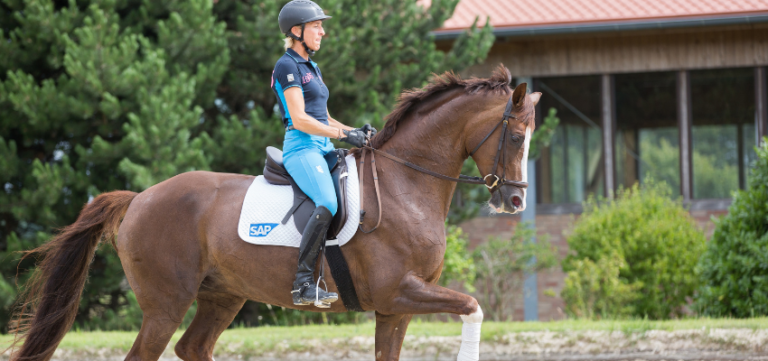
“Real” momentum in dressage not only looks good, it is also a test of proper training. In this article you will find out what a correct swing looks like, how you can improve your horse’s swing, and which five rules you should definitely keep in mind when developing swing.
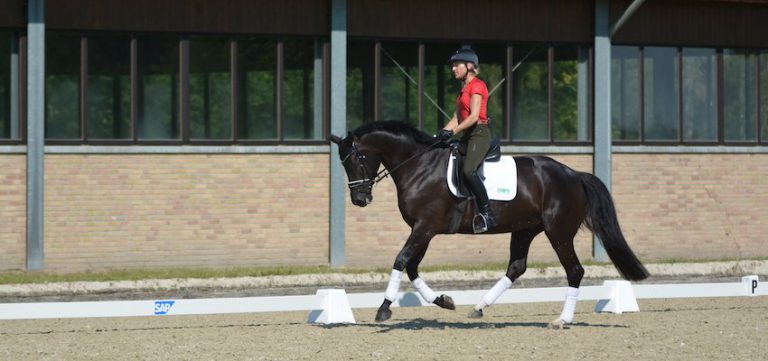
Find out about the biomechanics behind the canter of your horse and understand what to do in order to ride and sit the canter better and also how to improve this gait.
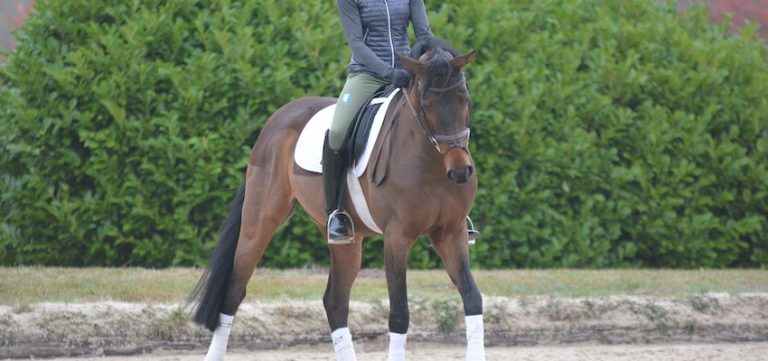
Flexibility. It’s one of our most important traits. Life is all about flexibility. Whether it’s preparing for a last-minute meeting, dealing with a change in plans for your dinner date, or simply embracing a spontaneous moment during this great adventure we call life, everyone needs to be flexible. Everyone needs to have a little bend. So do horses; especially in the complex arena of the world of dressage.

Nowadays interval training is used in many areas of equestrian, but most commonly in eventing and endurance. This is because high levels of stamina are required.
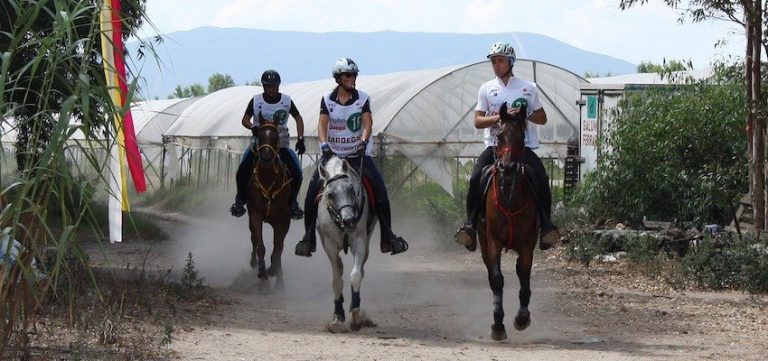
Nothing in life illustrates the human condition more profoundly than a person’s resilience—an individual’s ability to overcome the adversity they meet over the course of their life with grace; with fortitude.
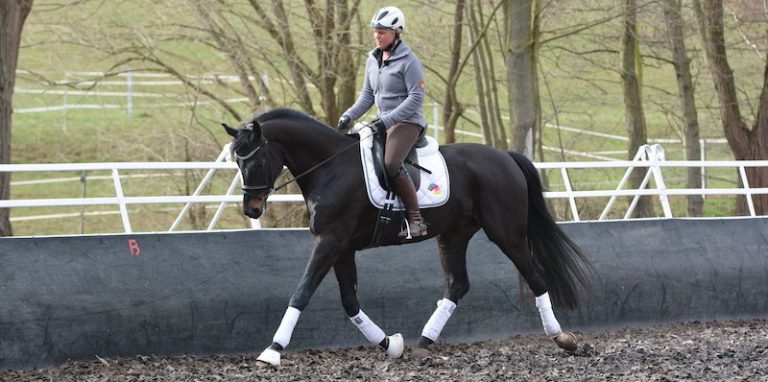
The rider has three aids that connect him to his horse and that serve as means of communication: The leg aids, the weights aids and the rein aids.
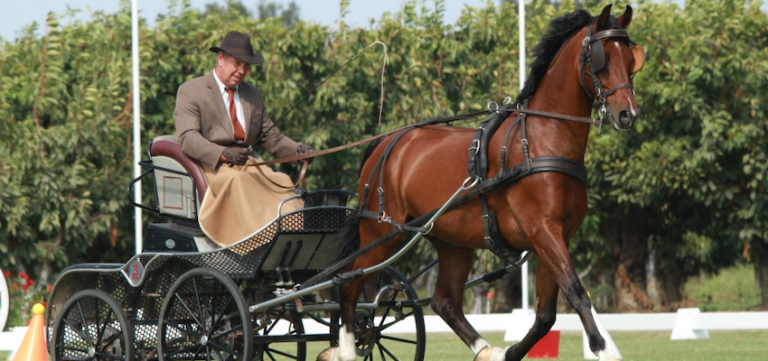
It doesn’t matter if the driving sport is used for leisure or competition, if it is with a single, a pair or a four- in- hand carriage or with horses or ponies- anything is possible!
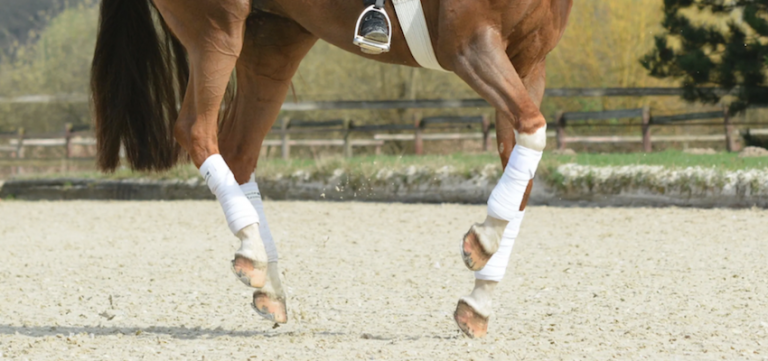
Flying changes are either inevitable in the jumping course or the next step to a more advanced dressage level. Either way, it is a wonderful feeling for the rider when the horse changes leads in canter by jumping energetic and powerful into the new direction.
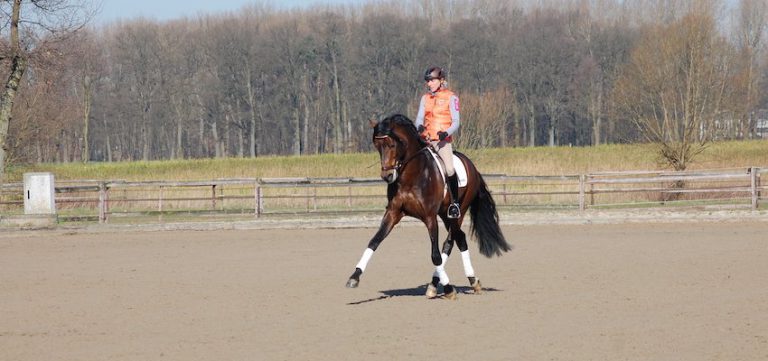
Competitions can and should be fun for horse and rider and also a great addition for training and overall progress. This article wants to inform you about how riding a dressage test can be successful and fun.
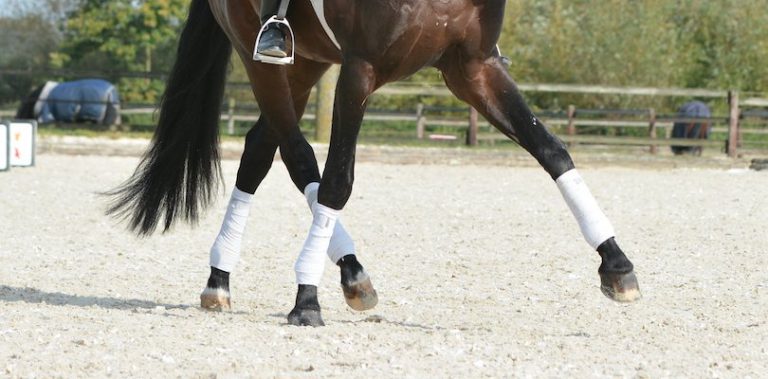
The first-time seeing dressage in action is much like watching magic. The complexity and discipline required to execute such intricate, sophisticated patterns and maneuvers is almost unbelievable.
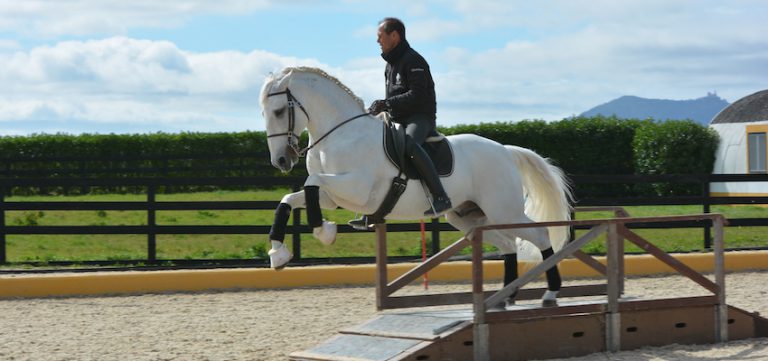
The speed trial is the final test during Working Equitation individual competitions and the next to last in team competitions. It is thrilling to watch a great horse and rider win this portion of the competition because it takes hard work for both.